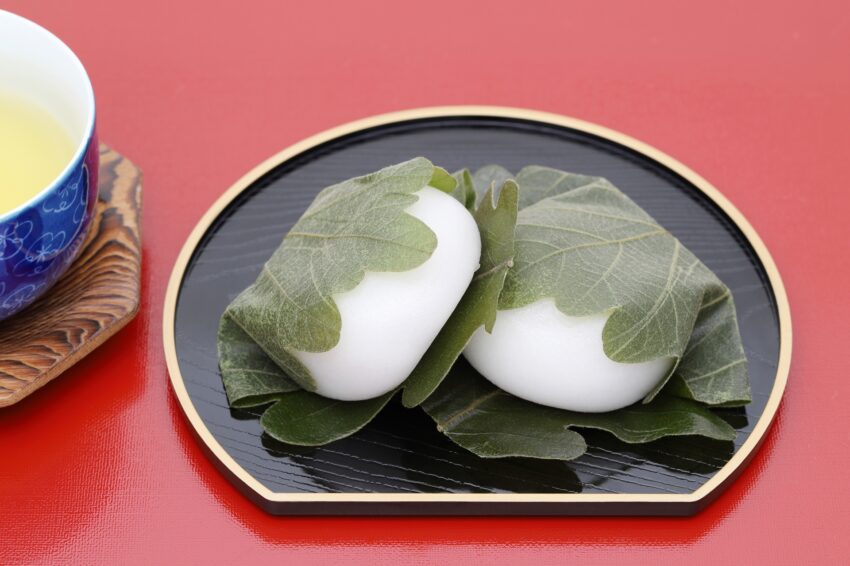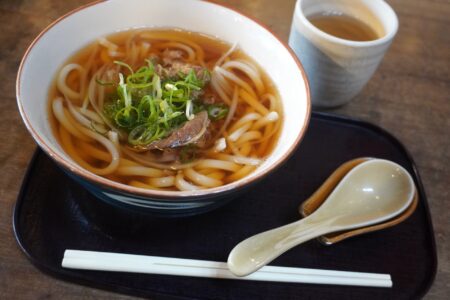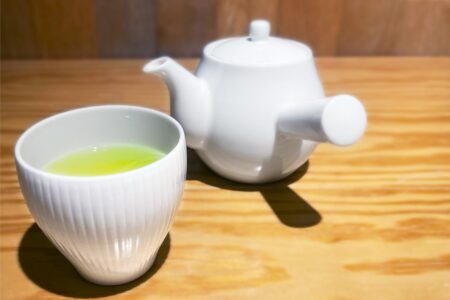Harmony on the Plate

Top Photo: kscz58ynk on PhotoAC
As a foreigner and an Assistant Language Teacher in Japan, there are few things more heartwarming than receiving letters from students. These missives offer a glimpse into their lives, experiences, and cultural traditions.
Recently, I had the pleasure of receiving letters from my students introducing me to the delightful world of Japanese New Year meals, particularly the significance of soba and mochi.
One common theme that emerged from these letters was the celebration of the Japanese New Year and the unique meals associated with this festive season. Soba, a type of thin noodle made from buckwheat flour, and mochi, a sticky rice cake, were prominent in the students’ descriptions.
The letters not only introduced me to the flavors of soba and mochi but also offered insights into the cultural values embedded in these culinary traditions. The emphasis on longevity, unity, and hard work mirrors the broader Japanese cultural ethos, providing a profound understanding of the interconnectedness between food and societal values.
Soba often enjoyed on New Year’s Eve, holds a symbolic significance in Japanese culture. The long and thin nature of the noodles is believed to represent longevity and resilience. Students shared stories of families coming together to prepare and enjoy a warm bowl of soba, fostering a sense of unity and continuity as they bid farewell to the old year and welcomed the new.
Mochi, a chewy rice cake, takes center stage in various New Year’s celebrations. The meticulous process of pounding rice to create mochi emphasizes the value of hard work and unity within families. Students recounted the joy of participating in mochitsuki (mochi pounding events) with their relatives, a tradition that bridges generations and strengthens family bonds.
On the last day of the second semester in December, My JTE surprised me with a small, elegantly wrapped package. My excitement was palpable as I eagerly unwrapped the gift. To my delight, I discovered a beautiful bowl and a package of soba noodles inside.
Receiving the bowl of soba from my Japanese teacher filled me with a sense of excitement and gratitude. The thoughtful gesture went beyond a simple gift; it was a bridge connecting our shared experiences in the classroom to a broader cultural context. It was also more than a culinary delight; it was a symbolic wish for longevity and prosperity in the coming year. As I held the bowl in my hands, I couldn’t help but feel a deep appreciation for the effort and consideration that went into this traditional farewell.
As I reflected on these gestures, I couldn’t help but marvel at the depth of cultural expression and richness embedded in the culinary traditions surrounding the Japanese New Year.
Photo Credits:
Top Photo: kscz58ynk on PhotoAC
All other content (text) created by the original author and © 2024 MUSUBI by Borderlink
RELATED
-

A Guide to Japanese Udon Noodles
Top Photo: ShineLight on PhotoAC Japan is one of the countries that is popular for their noodles as a staple J… -

Friends Through Food
Top Photo: kumakoさん on PhotoAC “A way to my friend’s heart is through their stomach” It was … -

It’s Tea Time in Japan
Top photo: happyfoot on PhotoAC Before coming to Japan, I wasn’t the biggest fan of caffeinated drinks. I know…
PEOPLE

Peace E.
From Nigeria
In her first year of experiencing Japan!


